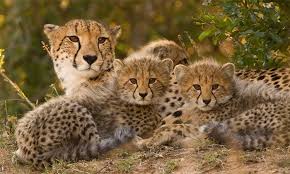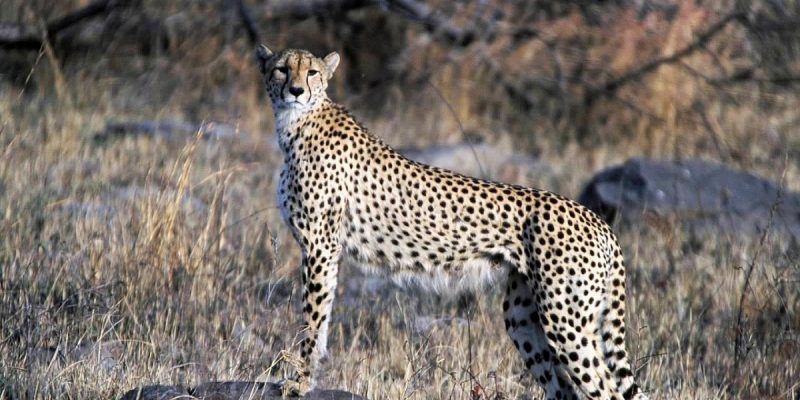After being declared extinct in 1952, the world’s fastest land animal cheetah is expected to be reintroduced by the end of 2021 at the Kuno National Park in Madhya Pradesh.
Asiatic Cheetahs flourished in India till the early 19th century and were common across the country and the Middle East. But the animals were hunted to extinction with the last three recorded Asiatic Cheetahs shot down in 1947. Now, the Asiatic Cheetah is only found in Iran. In the past, they have made many attempts to re-introduce Cheetahs in India but with little success.
Though on a positive note, the Supreme Court approved the central government’s initiative to reintroduce the Cheetah last year in response to a petition filed by the National Tiger Conservation Authority (NTCA). The top court had then said that they would reintroduce the African cheetah on “an experimental basis in a carefully chosen habitat and nurtured and watched to see whether it can adapt to the Indian conditions”.

Last year, the Supreme Court established a three-member committee to advise the National Trust for Conservation Animals on the cheetah reintroduction initiative. The panel also requested that the WII conduct a technical assessment of all potential areas for the reintroduction of cheetahs in the country.
An expert from South Africa visited the Kuno National Park on April 26 this year along with scientists from the WII and inspected the facilities and habitat created there for introducing African Cheetahs. They approved it and now the end process of bringing the cheetah is underway, a forest official said.
Officials from India will be sent to South Africa for sensitisation and training in June and July this year and, according to the plan, the transportation of the cheetahs will take place in October and November.
Madhya Pradesh will have eight cheetahs, five males and three females, who will be brought into the country from South Africa. “We are expecting to bring in eight to 10 cheetahs on the first trip. We plan to have 40 cheetahs to establish a metapopulation here,” said Yadvendradev Jhala, principal investigator of the cheetah reintroduction project and dean of the Wildlife Institute of India in Uttarakhand.
Cheetah is vulnerable under the International Union for Conservation of Nature’s (IUCN) red list of threatened species, with a declining population of less than 7,000 found primarily in African savannas.
The survival of the cheetahs becomes imperative and will depend on various factors. India has other big cats, and conflict could be dangerous. Cheetahs are delicate animals and conflict with other cats—India has tigers, lions, and leopards in regions that have been identified for cheetah sanctuaries—could endanger their existence in an unknown land.
We believe that the protected area, comprising a considerable population of four-horned antelopes, chinkara, nilgai, wild boar, spotted deer, and sambar, has a good prey base for the cheetahs and consequently supports breeding and multiplication.
Akansha Jain

